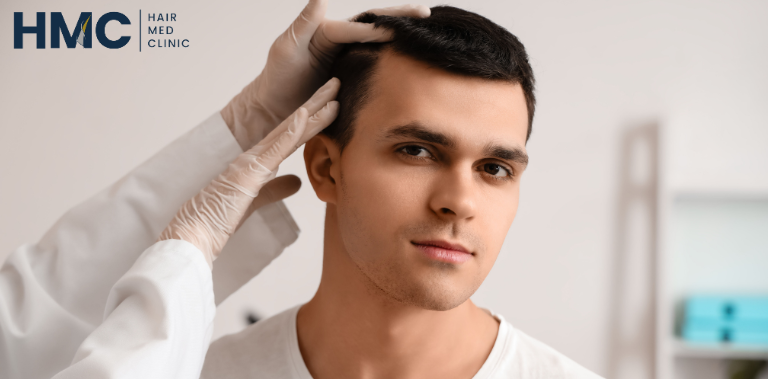Scalp fungal diseases are caused
by various types of fungi that infect the scalp and hair follicles.
Here’s a detailed look at the primary causes and contributing factors:
1. Types of Fungal Infections
- Tinea Capitis (Ringworm of the Scalp)
- Fungal Agents: This condition is primarily caused by dermatophytes,
a group of fungi that infect the skin, hair, and nails. The main species involved include:
-
-
- Trichophyton (e.g., Trichophyton tonsurans, Trichophyton violaceum)
- Microsporum (e.g., Microsporum canis)
- Epidermophyton (less common in scalp infections)
- Transmission: These fungi are spread through direct contact with infected individuals or animals,
-
or by coming into contact with contaminated objects such as combs, hats, or towels.
- Malassezia Infections
- Fungal Agents: Malassezia is a type of yeast-like fungus normally found on the skin.
Overgrowth of this fungus can lead to:
-
-
- Seborrheic Dermatitis: A chronic condition causing redness, itching, and flaking.
- Dandruff: Mild cases of scalp flaking often associated with Malassezia overgrowth.
- Contributing Factors: This fungus thrives in oily conditions
-
and may overgrow due to factors like hormonal changes, stress, or excessive oil production.
2. Contributing Factors
- Weakened Immune System
- Impact: People with compromised immune systems, such as those with diabetes,
HIV/AIDS, or undergoing chemotherapy,
are more susceptible to fungal infections due to their reduced ability to fight off pathogens.
- Hygiene Practices
- Poor Hygiene: Infrequent washing of hair or scalp can lead to a build-up of sweat and oil,
creating an environment conducive to fungal growth.
-
- Shared Personal Items: Using shared items like combs,
brushes, and hats can transmit fungal spores from one person to another.
- Environmental Conditions
- Moisture and Heat: Warm, humid conditions favor fungal growth.
For example, wearing a damp hat or helmet can increase the risk of infection.
-
- Climate: Areas with high humidity and warmth can be more conducive to fungal infections.
- Contact with Infected Individuals or Animals
- Human-to-Human Spread:
Direct contact with someone who has a scalp fungal infection can lead to transmission.
-
- Animal-to-Human Spread:
Pets, especially cats and dogs, can carry fungi that cause Tinea Capitis, and direct contact can lead to infection.
3. Prevention and Management
- Good Hygiene
- Regular Washing: Wash your hair and scalp regularly with mild,
antifungal shampoos if recommended.
-
- Avoid Sharing Personal Items: Do not share combs,
brushes, hats, or towels with others to reduce the risk of transmission.
- Proper Treatment
- Antifungal Medications: Use prescribed antifungal treatments such as topical creams,
shampoos, or oral medications to eliminate the infection.
-
- Follow Medical Advice:
Adhere to the full course of treatment as directed by a healthcare provider to ensure the infection is fully cleared.
- Environmental Controls
- Maintain Cleanliness: Keep personal items like hats and combs clean and dry.
- Dry Your Scalp: Ensure that your scalp and hair are completely dry after washing or sweating.
By understanding the causes and contributing factors of scalp fungal infections,
individuals can take steps to prevent and manage these conditions effectively.
If you suspect you have a scalp fungal infection,
it’s important to consult a healthcare professional for accurate diagnosis and appropriate treatment.







